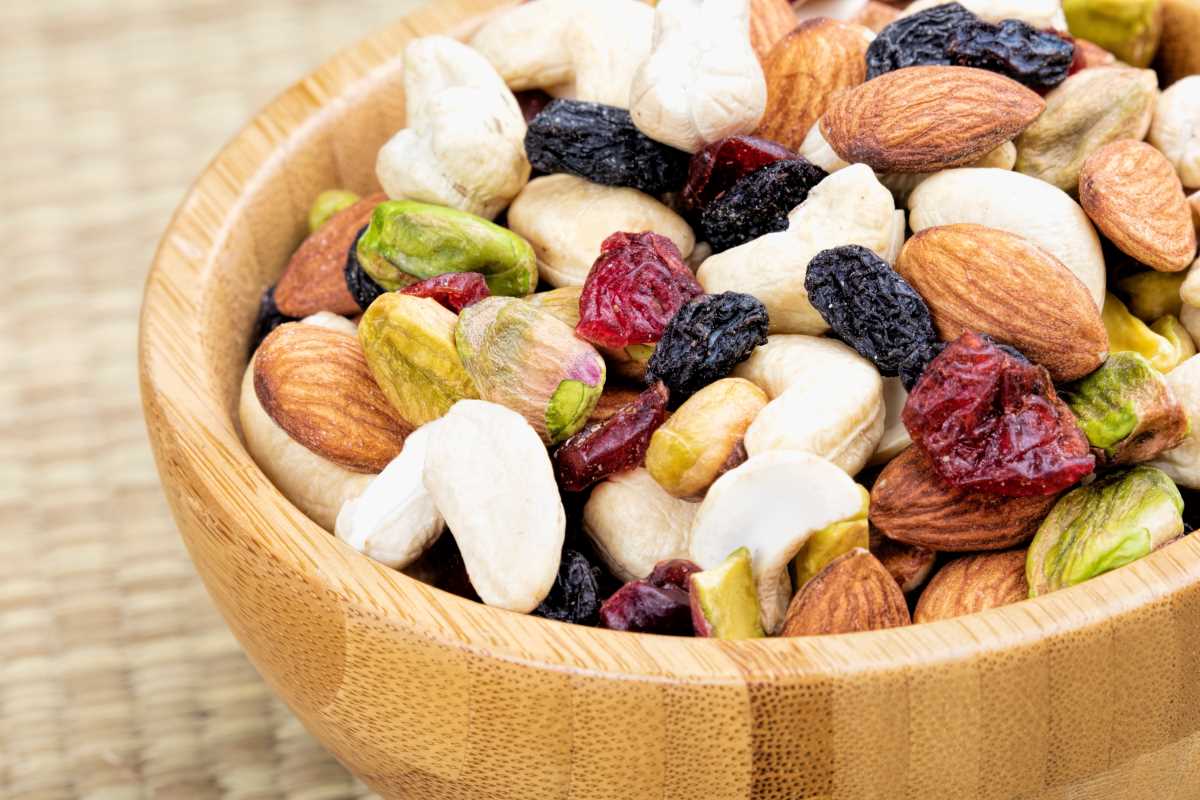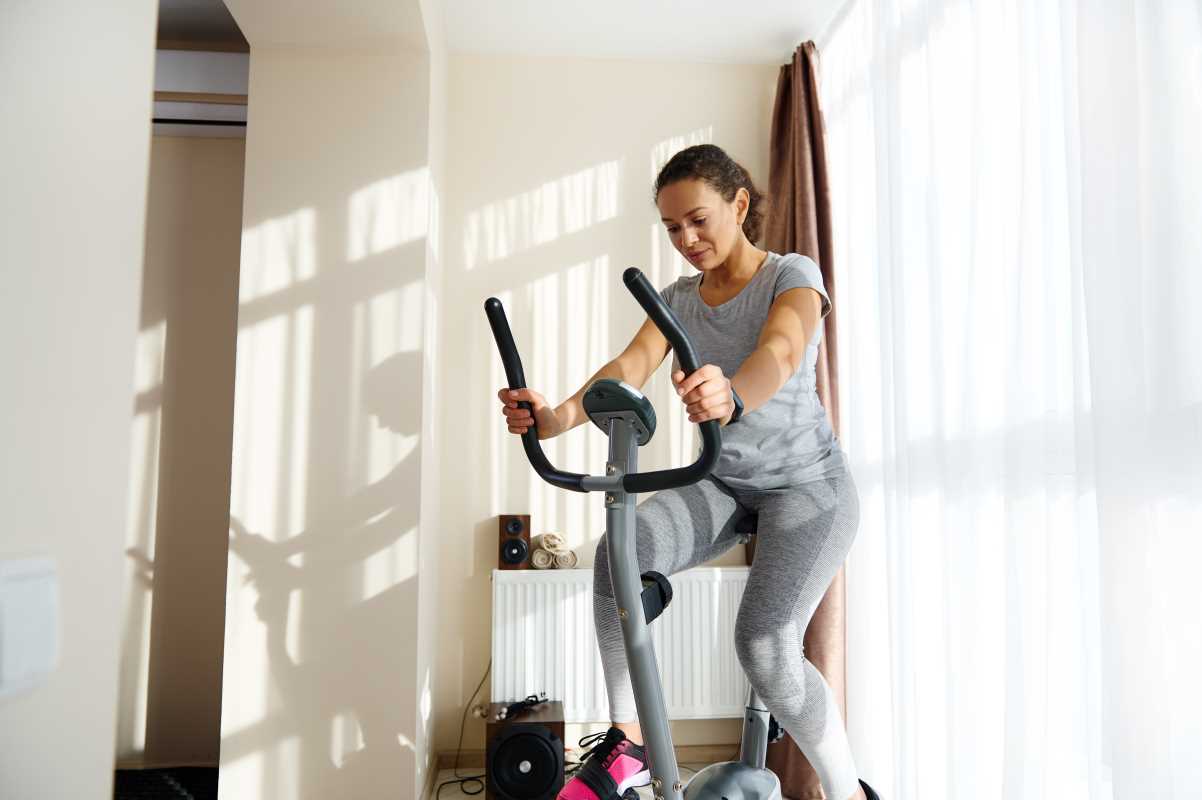Destinations

Hidden Coastal Towns with Stunning Views
The allure of famous beach destinations like Myrtle Beach, Santa Monica, and the Outer Banks is undeniable, but these popular spots come with crowds, inflated prices, and the challenge of finding a peaceful moment to actually appreciate the scenery.
By: Zoey Stewart
Last Update: 08/29/2025
Read
Discover the Underground River Caves of Palawan, Philippines
Imagine cruising through a dark, mysterious river cave surrounded by stunning limestone cliffs and lush greenery.
By: Zoey Stewart
Last Update: 04/21/2025
Read
Are Mississippi River Cruises Fun for Senior Travelers?
The Mississippi River, often called “The Father of Waters,” winds its way through some of the most scenic, historic, and culturally rich parts of the United States.
By: Tanya Soto
Last Update: 02/12/2025
Read
Mexico All-Inclusive Resorts
Planning a vacation should be fun, not stressful, and that’s why all-inclusive resorts are so popular.
By: Tanya Soto
Last Update: 01/14/2025
ReadHealth
.jpg)
Your Guide to Sleep Optimization for a Better Life
Getting a good night's sleep is one of the most powerful things you can do for your mind and body.
By: Anthony Campbell
Last Update: 09/19/2025
Read
The Benefits of Adding Superfoods to Your Diet
What if a small change in your diet could make a big difference in how you feel every day?
By: Anthony Campbell
Last Update: 05/28/2025
Read
Could Botox Be the Long-Term Solution for Chronic Migraines?
For people living with chronic migraines, the constant cycle of pain can be a lot to deal with, especially if it’s on a daily basis.
By: Piers Blaine
Last Update: 03/11/2025
Read
The Link Between Mental Health and Productivity in the Workplace
In today’s fast-paced, deadline-driven work culture, mental health is no longer a "personal" issue to be ignored.
By: Piers Blaine
Last Update: 12/10/2024
Read
Boost Your Endurance: Tips for Increasing Physical Stamina
Endurance is the foundation of physical performance, whether you're aiming to improve your athletic abilities or simply maintain a more active lifestyle.
By: Anthony Campbell
Last Update: 10/07/2024
Read
Steps to Creating a Sustainable Exercise Plan for Your Lifestyle
Regular exercise is essential for our overall health and well-being. It not only helps us maintain a healthy weight but also enhances our mood, increases energy levels, and promotes better sleep.
By: Piers Blaine
Last Update: 10/07/2024
Read
Boost Your Memory with These Mind-Enhancing Exercises
In today’s fast-paced world, where distractions are abundant and information overload is common, maintaining a sharp memory is more important than ever.
By: Anthony Campbell
Last Update: 10/07/2024
Read
Understanding the Health Effects of Vaping and How to Quit
In recent years, vaping has emerged as a popular alternative to traditional smoking, especially among younger demographics.
By: Piers Blaine
Last Update: 10/04/2024
ReadHome

Your Ultimate Guide to Countertop Composting and Easy Home Circularity
As a gardener, you already appreciate the magic of turning a tiny seed into a delicious tomato or a beautiful flower.
By: Logan Cooper
Last Update: 10/14/2025
Read
Modern Home Décor Trends to Transform Your Space
Whether you're refreshing a single room or giving your entire home a makeover, keeping up with modern décor trends can help you create a space that feels contemporary, inviting, and reflective of your personal style.
By: Finn Vale
Last Update: 06/24/2025
Read
Eco-Friendly Home Upgrades on a Budget
Making your home eco-friendly is one of the best ways to reduce your impact on the planet.
By: Finn Vale
Last Update: 12/18/2024
Read
10 Fun and Easy DIY Ideas for Family Time
Engaging in DIY projects is a perfect way for families to bond over creative tasks while also keeping the budget in check.
By: Finn Vale
Last Update: 11/06/2024
Read